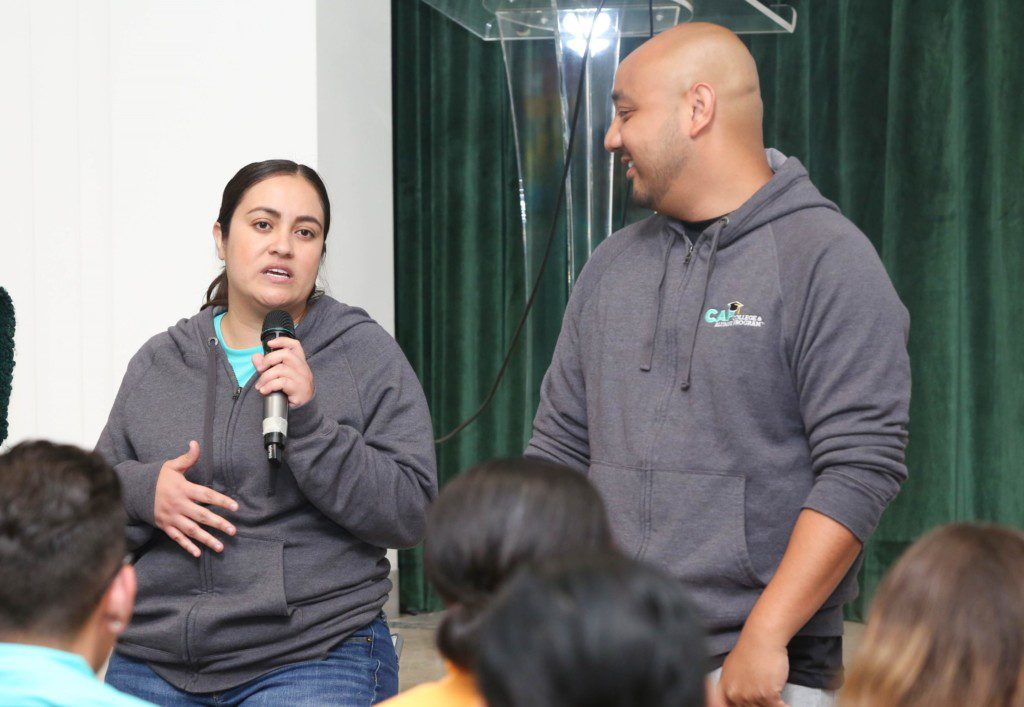
The Top Five College Scholarship Myths
by Making Waves Foundation
When you are the first in your family to attend college, you often aren’t knowledgeable about how to maximize scholarships to pay for college. Sometimes your college dreams might seem unattainable with the rising costs of college tuition and housing.
In celebration of National Scholarship Month, here are the top five myths I hear about college scholarships from high school seniors and the reality that debunks these myths.
Myth #1
Students might not want to apply for more than one scholarship because they think they will have to write multiple essays.
- I always encourage students, if possible, to repurpose essays from college applications and school writing assignments to fit the criteria for each scholarship. You don’t always have to start an essay from scratch for each scholarship.
Myth #2
Sometimes students think they won’t qualify for scholarships because they don’t have a 4.0 GPA.
- You don’t have to have a perfect GPA to qualify for a scholarship. There is a huge variety of scholarships not based solely on GPA, such as scholarships for students interested in pursuing a specific career or who have excelled at community service.
Myth #3
Often students think won’t qualify for scholarships because their expected family contribution (EFC) is not zero.
- There are need-based scholarships as well as merit-based scholarships. The merit-based scholarships are categorized by a variety of interests and talents and not based on income level.
Myth #4
Some DREAMers think they would not be eligible for scholarships because of their status.
- TheDream.US is one example of a college access and success program that awards scholarships to DREAMers.
Myth #5
Students are sometimes discouraged in thinking scholarships are too competitive and they would not be selected.
- It’s important to apply for local scholarships as well as national scholarships. For example, CAP Bay Area and the Richmond Promise are two great examples of local scholarships.
